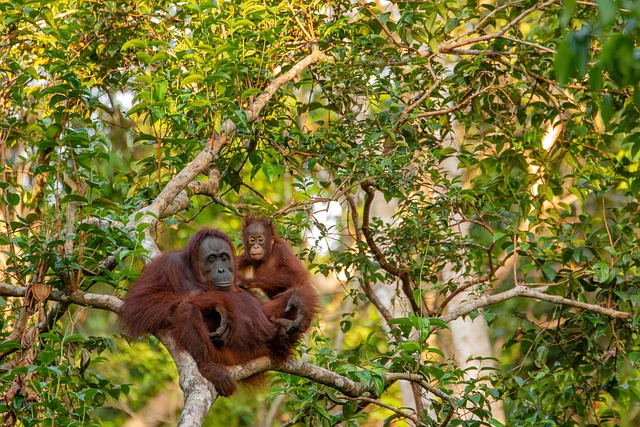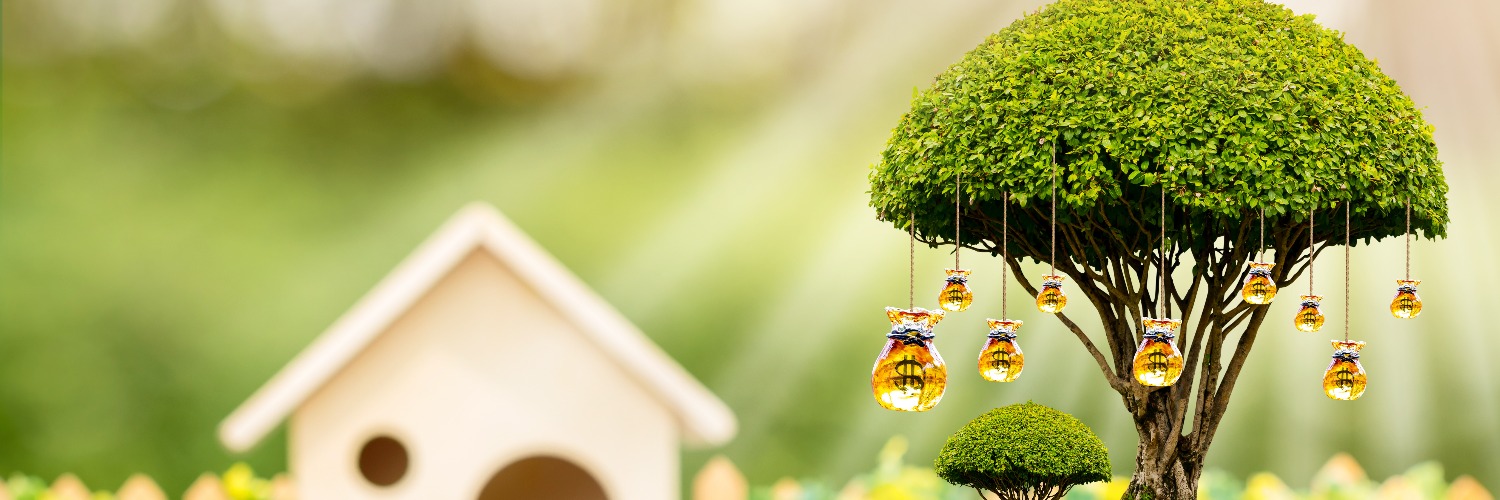
One of the last havens of biodiversity in the world lies in the Borneo Rainforest. There is a huge collection of unique bird, insect, reptile, plant, mammal and tree species within this 400,000km2 of rainforest distributed between Brunei, Malaysia and Indonesia. While this may be an ancient rainforest ecosystem which includes Mount Kinabalu, this remote island is threatened by habitat destruction, poaching and deforestation attributed to growing global pressure on Borneo’s unexploited resources, and a human population that is ever growing. Fortunately, you can still explore this island situated in Southeast Asia in a responsible way.
Animal And Plant Life
The Orangutan calls Borneo home. Even though they spend most of their time setting up nests in the trees, these big, smart ginger apes are considered to be very similar to humans from a genetic point of view. The small nocturnal Tarsier with its small eyes, Langurs, Gibbons, long-nosed Proboscis monkey and Macaques are also among the animals you can also expect to see here.
On top of that, you can also see the Sumatran Rhino – the most endangered of all rhino species in the globe; however, you are more likely to see the Borneo Elephant and Sun Bear. There is also the impressive Red Flying Squirrel, numerous tropical birds and more than 90 bat species. Other animals in the forest include hundreds of reptile species, such as lizards and snakes among others, as well as Saltwater Crocodiles in the rivers.
On top of the varied animal life, the Borneo rainforest is home to a diverse selection of plant species. The tallest trees in the world are found here. The number of tree species exceeds 3,000.
Borneo Rainforest Discovery Centre
It is almost impossible to penetrate the most interior parts of the Borneo rainforest, given the fact that this island is so big. Visiting the Rainforest Discovery Centre in Sabah is the best way to learn about the rainforest, especially if you are pressed for time and have little knowledge and experience about visiting Borneo.
The Orangutan and Sun Bear conservation centres are right next to the Rainforest Discovery Centre. In addition to an expansive lake suitable for boating, you will also find rope bridges spanning the forest and walking trails that are easy to access through the forest. You will still be surrounded by the scenes and sounds of the Borneo Rainforest, even though there are trail markers and information boards all around.
You can also access the Kabili-Sepilok Forest Reserve – a larger area of protected rainforest – by using this one-of-a-kind learning experience as a gateway. Accompanied by local guides throughout, you can hike off farther into the rainforest while staying in jungle retreats and jungle lodges.
Timing Your Visit To The Borneo Rainforest
You should be ready to sweat, regardless of when you visit the island of Borneo, as the weather in this part of the world is hot and humid all year round. You can expect the average daylight hours and temperatures to remain more or less the same, as Borneo is situated along the equator. Average temperatures range between 27 and 32 degrees centigrade.
Rain should be your main consideration. You will get the best chance to spot wildlife in the forest and trek within the jungle during the dry season – making it the best time to visit Borneo. While you should always pack a raincoat – as this is the jungle we are talking about – the driest months of the year in this part of the world are between April and September.
Getting Ready For Your Borneo Rainforest Visit
Simply put, you will be visiting a destination in the wild. You will need to be ready for this harsh natural environment, regardless of whether you will be exploring the more accessible parts of the jungle on a tour with seasoned local guides. On top of consulting your physician about vaccines – like ant-malaria treatments – you should ensure that you carry lightweight and waterproof walking gear, as well as lightweight breathable trekking wear with long sleeves and lots of insect repellent.
